Miller, C. (2016). Arts Therapists in Multidisciplinary Settings. Working Together for Better Outcomes. London, England: Jessica Kingsley Publishers.
Reviewer: Kathryn Stevenson
MA, NZ RMTh
I read this book with much interest, and my overall impressions are that it has been well put together. The variation in style of writing and the collaboration described by the contributing therapists make for a well rounded portrayal of many different therapists working together, in a cohesive manner. I will review the book as a whole, rather than evaluating the 15 chapters individually because they are collectively quite similar, in that each describes the benefits of practising together, examines the adaptations needed to collaborate with another discipline, and gives examples of how the joint therapy is carried out are given.
Contributors come from a variety of disciplines – seven arts therapists, five music therapists, two social workers, two drama therapists (one also being a psychologist), another psychologist, counsellor/family therapist, and an ABA (Applied Behaviour Analyst) specialist. Schools, hospitals, a client’s own home, and private practice were some of the many settings in which work described took place. Clientele covered a wide age range. Conditions encompassed included autism, mental health, palliative care, intellectual disabilities, and other physical and emotional needs.
It was gratifying to observe that five of the book’s authors are music therapists. Megan Spragg and Alison Talmage, in their respective chapters, described co-therapy in special education settings. Hospice care was the environs for the multidisciplinary work Keryn Squires shared in her chapter. Shari Storie (née Ludlam) and Heather Fletcher, in separate chapters, each detailed their co-treatment in mental health settings. There was a range of music therapy content covering a range of situations, and varying levels of familiarity was evident within the writing.
Themes that came through the book included adaptations the various therapists needed to make, the benefits of working together, and quite strongly the desire to be recognised as professionals of equal worth among more established therapists such as occupational therapists, physiotherapists and speech therapists. I was surprised that none of these conventional therapists contributed to the writing of this book. I would like to have seen a few chapters devoted to their impressions of adding an arts therapies approach within their own occupational/physio or speech therapy framework. A couple of chapters written from the angle of a ૾known૿ therapy could have added potency to an already vibrant dialogue. I particularly appreciated the few chapters written jointly by more than one author as these illustrated the teamwork from both perspectives. In particular, I note Chapter 6, written by arts therapist Robyn Barnaby, and Neetu Sharma, behaviour therapist, where the two therapists each shared their own reflections on the work. Teamwork was very much a focus in Chapters 8 and 11, each of which was also written jointly by several authors.
I noted with pleasure several references to Twyford and Watson (2008) because it shows not only had the music therapist contributors to the current text read and utilised initiatives from Twyford and Watson (2008), but it demonstrates that this text by Miller is not the only co-therapy themed manuscript. This book could be used as a reference text, but its real value lies more in the line with being an encourager. It is a text in which one can gain insight into the practicalities of collaborative therapy, and the positive outcomes that can be achieved by combining various modalities. As a seasoned practitioner, it is obvious to me that more than one therapeutic contribution will increase the positiveness of an outcome. Seeing it documented with many examples by many authors is heartening.
Anyone feeling isolated in their field would do well to sit and have a good read. Pick out a chapter or two that relate to your work and be inspired to do more and work alongside others. I have valued the opportunity to learn about others’ observations of therapeutic partnerships.
Reference: see full journal
Download Full Journal


